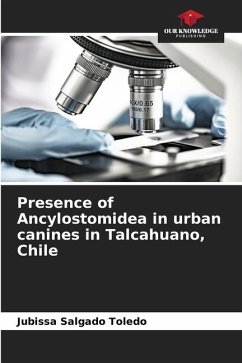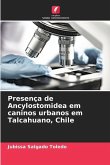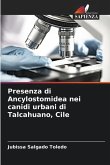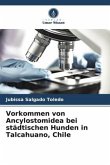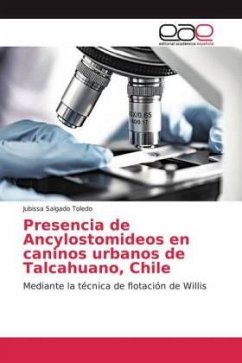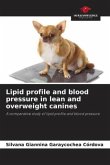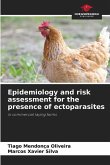Ancylostomideans are endoparasites belonging to the phylum Nematoda, Order Strongylida and have a monoxenic life cycle, lodging in the small intestine of dogs and other wild canines and cats. They attach to the intestinal epithelium of their host and there feed on its blood, producing melena and even haemorrhagic anaemia and haematochezia, which can be fatal in neonates. It is also important for public health as these parasites are also capable of infecting humans, causing the so-called cutaneous larva migrans, a skin condition caused by the subcutaneous migration of the larvae, leaving behind them marks of the route they have taken, causing an inflammatory response that results in a pruritic dermatosis.
Bitte wählen Sie Ihr Anliegen aus.
Rechnungen
Retourenschein anfordern
Bestellstatus
Storno

